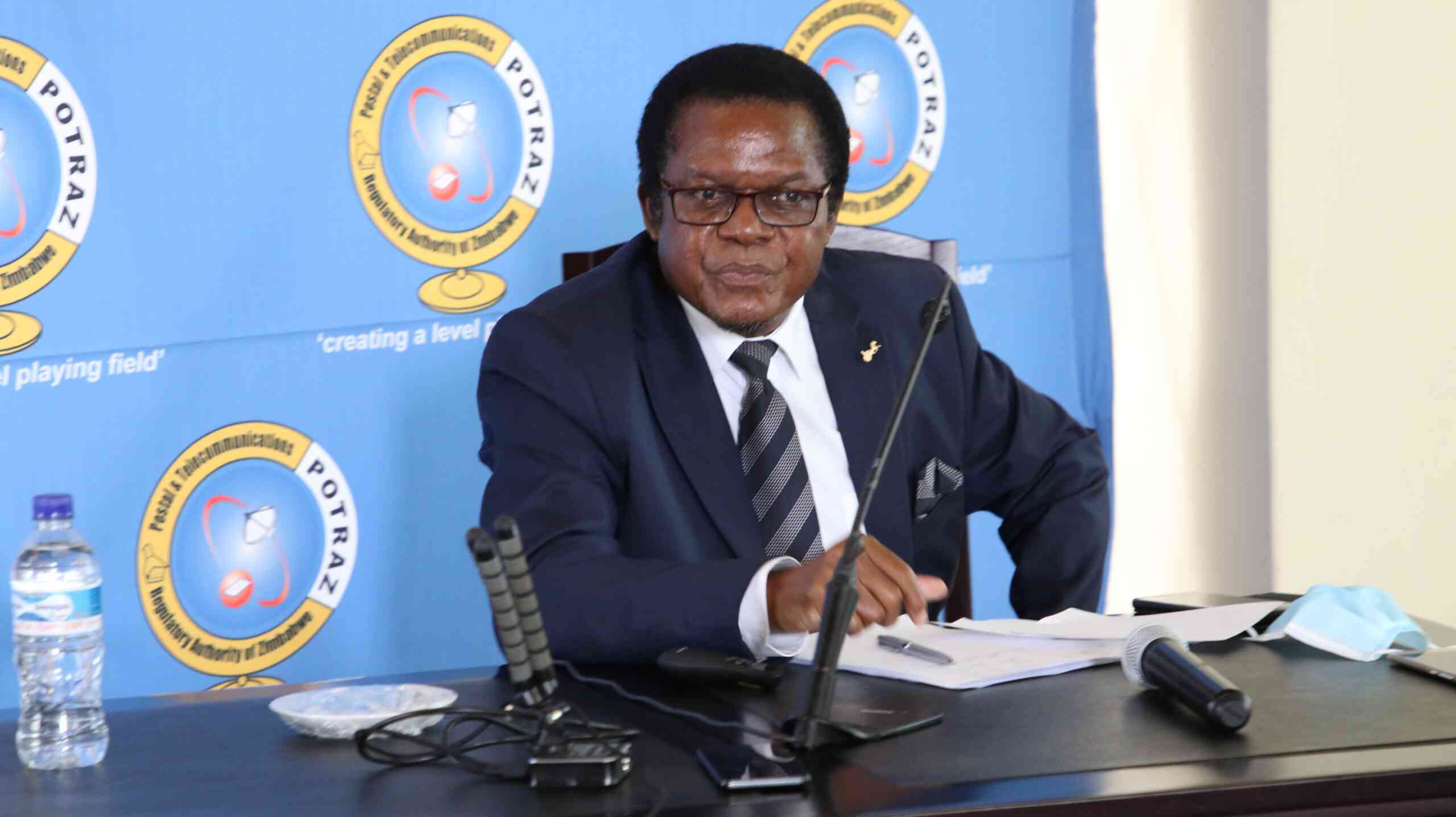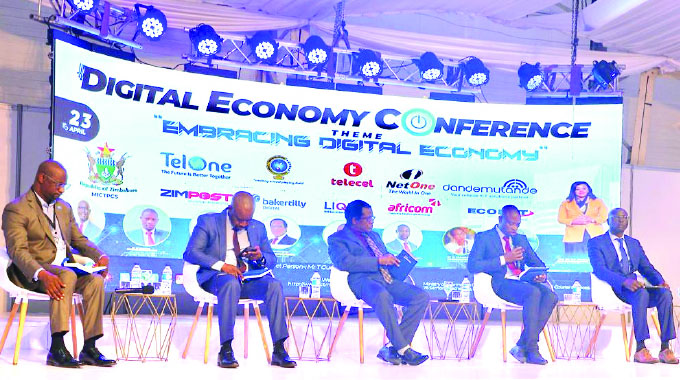S. Africa takes heat for burning coal
debates its energy future before hosting UN climate talks later this year.
Africa’s largest economy is overhauling its energy policy, looking to more than double its power supply by adding more than 50 000 megawatts of electricity to the grid at a cost of 860 billion rand (US$125 billion, 90 billion euros).
But as the country seeks to ease power shortages that caused paralysing blackouts in 2008, environmentalists say it is not doing enough to cut its reliance on coal-fired power – currently more than 90 percent of the electricity supply.
The scrutiny is intensifying as South Africa prepares to host the next major round of United Nations climate talks in the eastern port city of Durban from November 28 to December 9.
The talks – the successor to the Kyoto Protocol and last year’s conference in Cancun, Mexico – will see global leaders try to make meaningful progress toward a binding international agreement to curb climate change.
The meetings will be key in deciding the future of the Kyoto emissions targets, which expire next year.
Environmentalists say South African President Jacob Zuma faces embarrassment at the talks if his government doesn’t move to massively slash the country’s dependence on coal.
“What is the president going to do?” asked Richard Worthington, head of the climate programme at World Wildlife Fund South Africa.
“Say, ‘Oh, welcome to South Africa, we want to play a leadership role on climate change. But excuse us, we are not going to do what we said we’d do in Copenhagen and Cancun.’ I don’t think the president wants to be in that position.”
South Africa had pledged at the 2009 talks in Copenhagen to cut emissions 42 percent by 2025.
But the country’s draft energy plan proposed cutting carbon emissions just 30 percent by 2030.
Zuma’s cabinet last week approved a new version of the plan that officials said would scale up renewable and nuclear energy, with new power generation coming 42 percent from renewable sources, 23 percent from nuclear and just 15 percent from coal.
But the full plan will not be released until late March, and it is still unclear what emissions levels or the final electricity mix will be.
“It appears that the department of energy would like to portray themselves as being more serious about renewables than they really are,” Worthington said.
South Africa has announced plans to develop the world’s largest solar project, a 5 000-megawatt plant in the arid Northern Cape province, and is betting heavily on nuclear power.
But it has also been criticised for forging ahead with construction of the new 4 800-megawatt Medupi coal-fired power plant.
Greenpeace Africa called on the continent’s biggest polluter – South Africa emits 38 percent of Africa’s carbon – to set an example by cutting its coal use.
“The true cost of coal has not been determined. It might seem cheap now, but it is really not.
“There is no such thing as clean coal,” said Greenpeace Africa spokeswoman Fiona Musana.
“Come Durban, Greenpeace will be looking to South Africa to really show the steps that it has been taking. We will be holding them to account.”
But Latsoucabe Fall, Africa manager for the 93-country World Energy Council, said it is unfair to ask South Africa to abandon coal and risk falling behind other emerging economies.
“South Africa is well-endowed in coal resources. It cannot abandon coal resources. China is not abandoning coal. India is not abandoning coal,” he said.
“Clean energy should be developed in Africa, but this should not compromise the development of the continent.” – AFP.









Comments